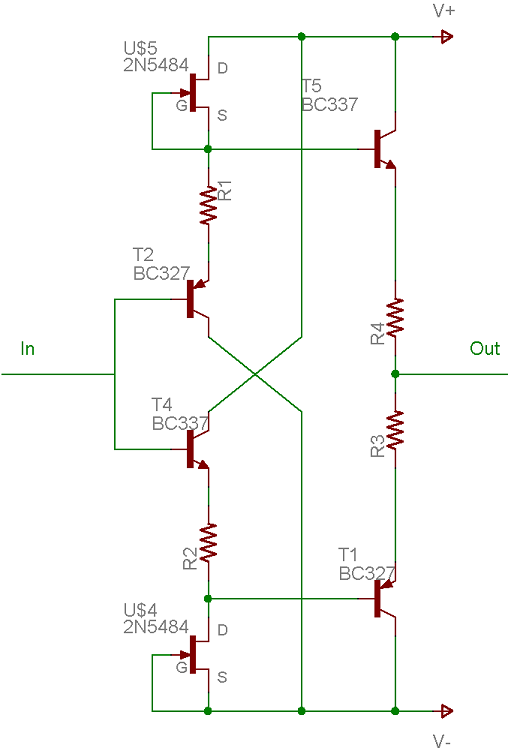FallenAngel
Headphoneus Supremus
Thanks, but now that makes me wander. I simply put a resistor and an LED between V+ and V- which kinda closed the loop and got a completly stable (and very accurate) ground split when I was making the rail splitter. I'll check if that changed since attaching the amp, but if it hasn't then I'm pretty confused why I'm getting such an offset, guess I'll be looking for other problems.






